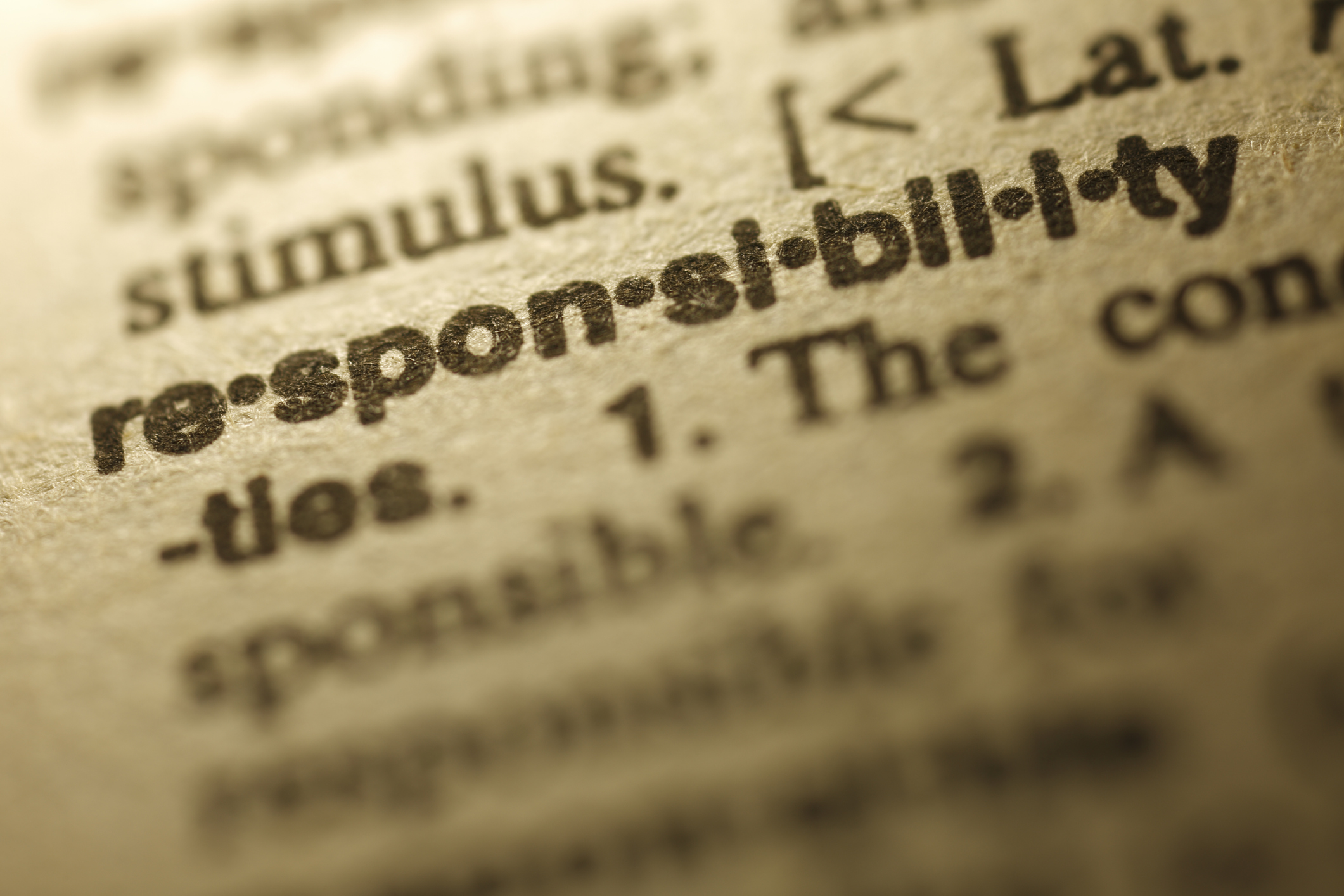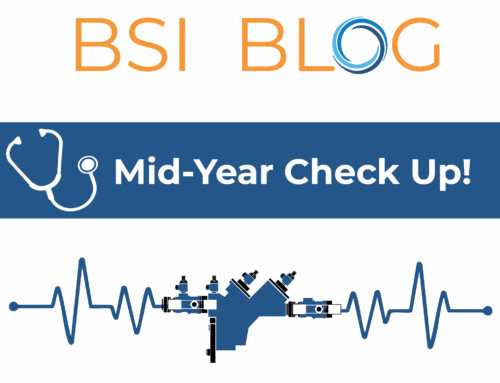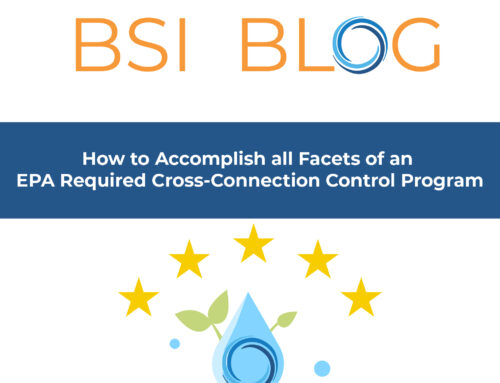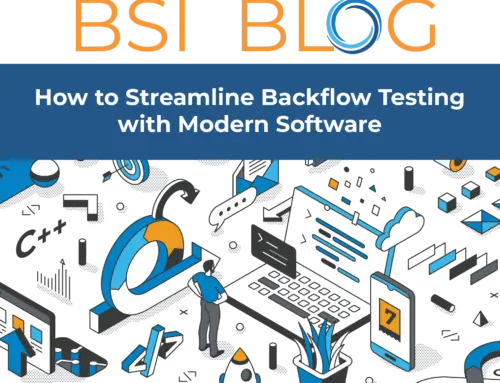Is it the plumber’s responsibility to ensure an approved and effective cross-connection control program? Is it the owner’s sole responsibility? No, it’s everyone’s responsibility! The Water Purveyor, local plumbing authority, water consumers and all individuals performing backflow prevention assembly installation, testing and repairs are imperative for ensuring the cross-connection control program is effective.
First, what is cross-connection? Cross-connection is any actual or potential connection between the public or consumer’s drinking water or potable water system, and, any non-potable source or substance, that presents a hazard to the quality of the public or consumer’s potable water system. Therefore, cross-connection control is the management or “control” of these cross-connections to protect public safety by preventing backflow incidents within the public or water consumer’s potable water system.
Cross-connections are protected either through containment or isolation. Ideally, for an effective cross-connection control program, both containment and isolation are tracked by cross-functional teams/departments. Containment is cross-connection protection located at the consumer’s water service or meter. This level of protection contains the entire facility and protects the public water supply from the consumer’s plumbing system. However, it does not provide cross-connection protection internally within the facility. Isolation is cross-connection protection located within the water consumer’s facility and isolates the hazard at the point of use. This protects the individuals within a facility from contamination or pollution hazards from entering their internal plumbing system.
Some key points for a cross-connection control program checklist should include:
- Developing an approved ordinance to govern the program in accordance with state cross-connection guidelines of regulation.
- Creation and maintenance of a public education campaign
- On-site facility surveys to make the proper determination of hazard and method of protection required.
- Document and maintain all records pertaining to the field surveys.
- Notify the water customer when assemblies are due for testing.
- Retain all assembly test reports, preferably utilizing BSI Online.
- Non-compliance and enforcement action.
Following all codes and regulations as outlined by the local cross-connection control program is crucial for licensed individuals performing work in the field. Responsibilities for those in the field should include:
Holding all necessary and required credentials to properly install, test and maintain backflow assemblies.
- Ensuring backflow assembly testing equipment is calibrated and working properly.
- Testing the backflow assemblies in accordance with proper testing procedures.
- Repairing backflow assemblies in accordance with manufacturers authorized repair products.
- Properly identifying and documenting all backflow assemblies information such as hazard, size, make, model, serial number, location etc.
- Documenting the results of the backflow assembly test.
- Submitting test reports to the water purveyor within the required time frame.
- Provide to the water consumer a copy of the test results for their records.
Finally, water customers, as the owners of the backflow devices and assemblies, have the responsibly to hire a certified tester to test annually or within the timeframe set by their local jurisdiction.
Ultimately, it is all of our responsibilities to prevent backflow/cross-connection from occurring, do your part today!
To read a detailed list of documented backflow incidents from the TREEO Center, visit our Backflow Academy http://www.treeo.ufl.edu/backflow/epa-resources/backflow-case-histories/.











